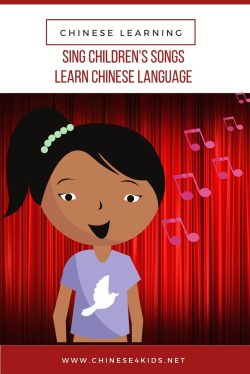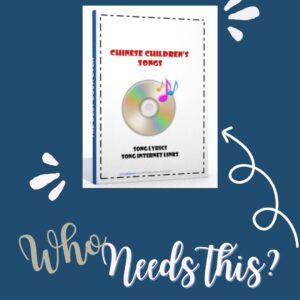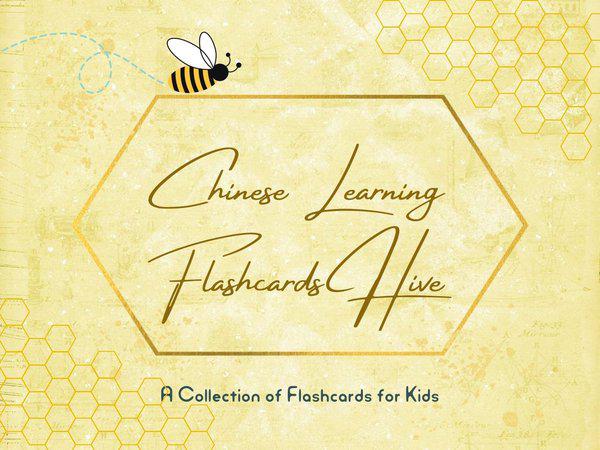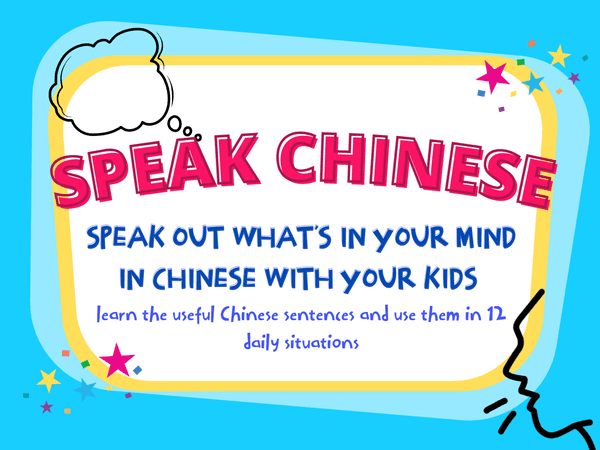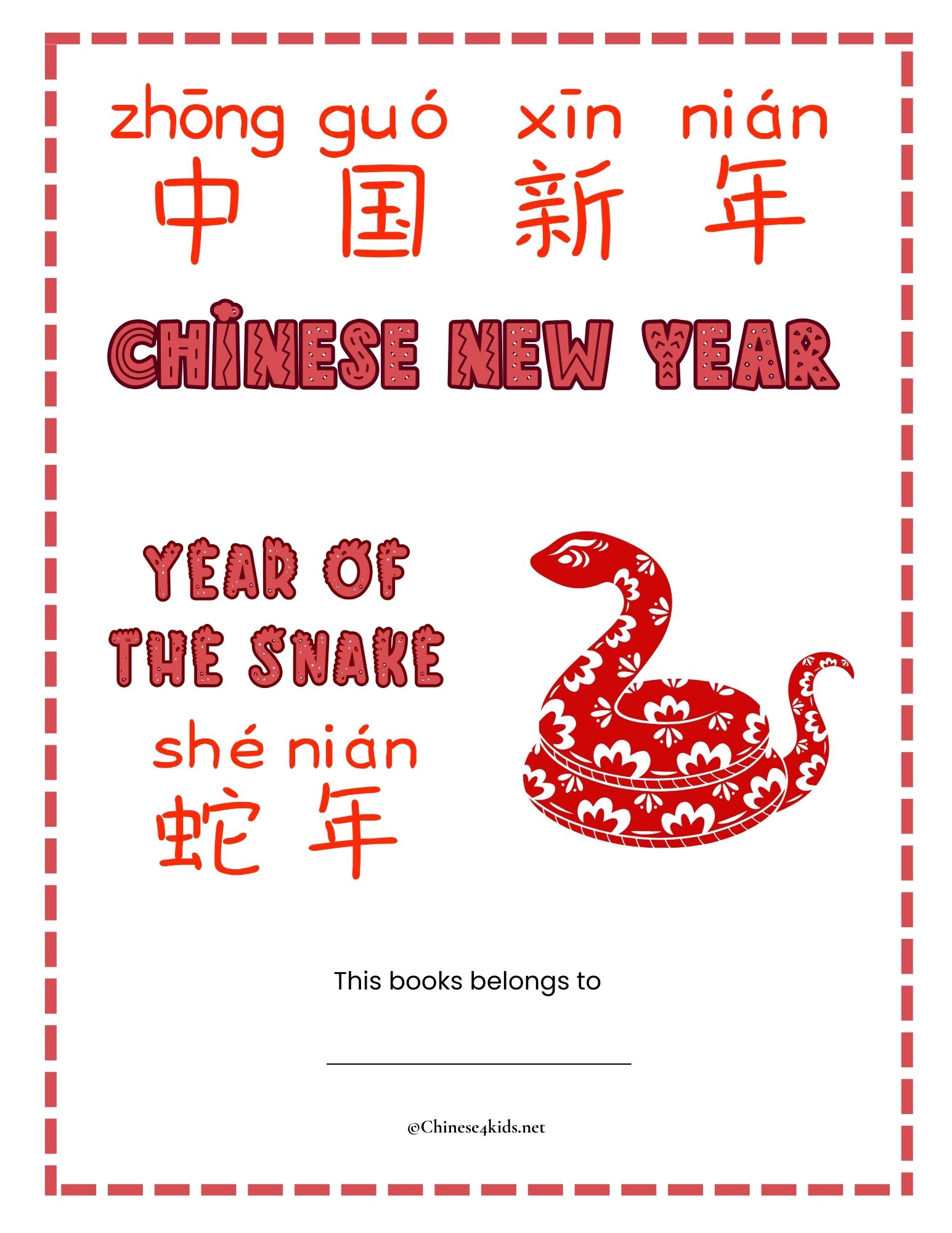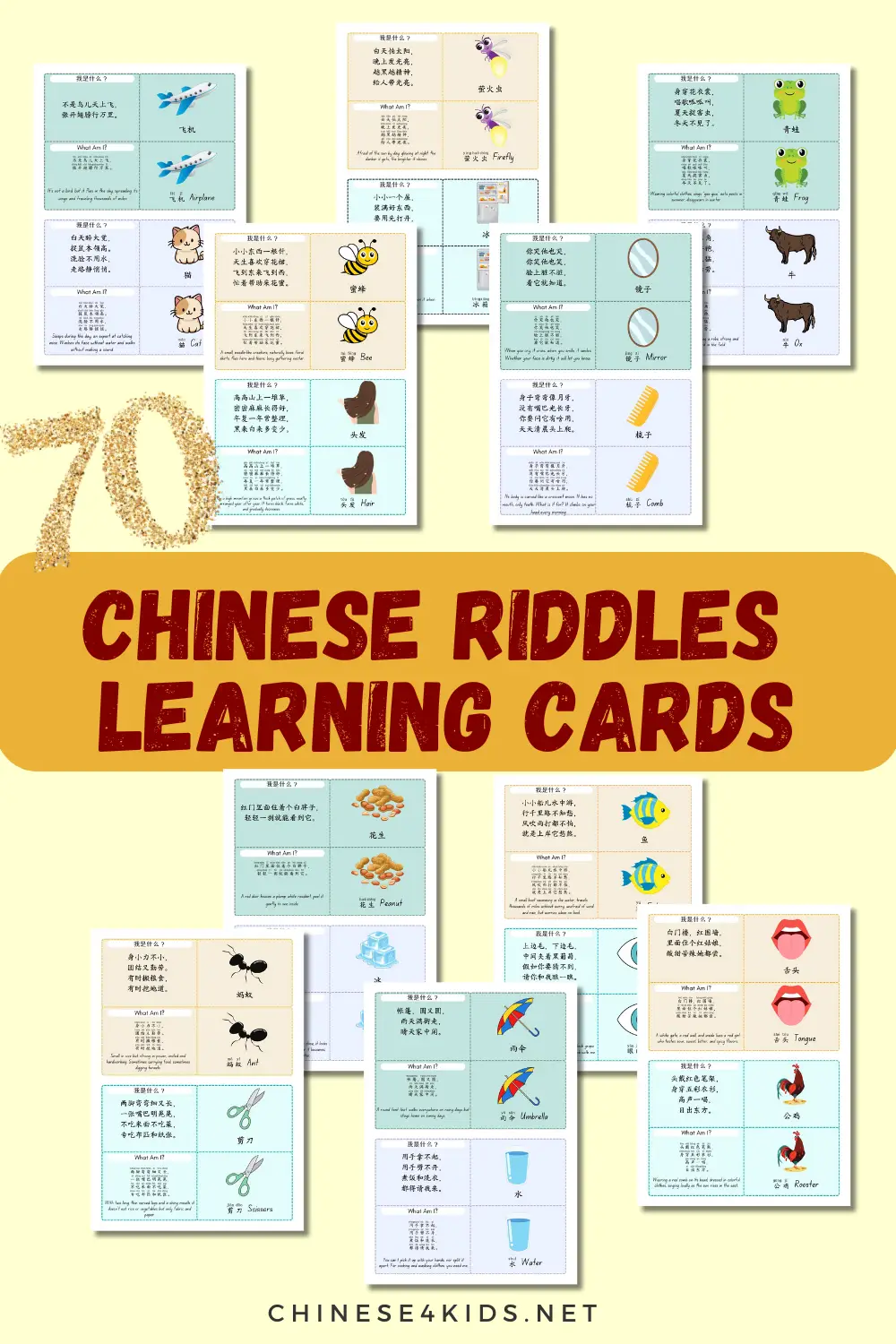
Home » Chinese language practice » Sing Children’s Songs – Learn Chinese Language
Sing Children’s Songs – Learn Chinese Language

Music helps children’s learning. Soft background music can help enhance the concentration of the students by creating a calm and relaxing learning environment which benefits both teaching and learning. Chinese children’s songs are great to learn not only for the musical benefit but also for their language benefit.
Music and Rhythm Benefit Memorization
A song provides an emotional link between the music and the listener. Singing along gives language learners different ways to express their feelings. With the aid of music, the rhythm of the lyrics helps children memorize it with less effort and keep it longer in memory. This is especially beneficial for Chinese learning since Chinese requires a lot of memorization.
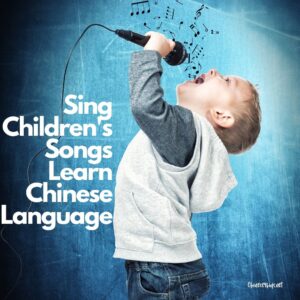
Chinese Children’s Song Lyrics Are Great Learning Materials by Themselves
[Tweet “Chinese Children’s Song Lyrics Are Great Learning Materials by Themselves”]
Music is especially helpful for language learning as it makes words more memorable. Lyrics of the children’s songs are usually short and simple, composed of common expressions, everyday language, and descriptive words. Children’s songs are great for language learning, particularly for young children.
- Listening skills
One thing to do with a song is to get him/her to study the lyrics. You can help them to search for the lyrics, look up a video on Youtube and then listen, read and sing along. Or, simply print out the lyrics, have your child read through it, and guess the meanings of the words. Once your child is familiar with the song, play the audio or video of the song, asking him/her to listen carefully and try to have a better understanding.
A Tip for You: A good resource you’ll find useful is CHINESE CHILDREN’S SONGS LYRICS eBook which has both the lyrics and links to Youtube videos.
- Vocabulary
Songs are rich in vocabulary. Chinese Children’s songs include vocabulary with various topics, for example, body parts in “两只老虎”, numbers in “五指歌“, holidays and events in “祝你生日快乐” and “祝你圣诞快乐“, emotions and feelings in “如果你快乐”, and many more. There are also Chinese children’s songs about animals, actions, food, earth, friendship, and more. Learning Chinese children’s songs is a great way to learn this useful Chinese vocabulary.
- Fluency
The easy rhythm of a good Chinese children’s song makes it stay in a child’s head for days. It’s quite common to observe a child singing the same song again and again for a period of time after s/he learns it. Repetition helps children to memorize words and phrases, which leads to an improvement of their fluency.
How to Make Chinese Song Learning a Great Chinese Language Learning Experience
– Teach the key words / phrases / sentences
Every song has a topic. The keywords/phrases/sentences are worth mastering. Teaching children beforehand the keywords, phrases and sentences can help them better understand the meaning of the song.
– Learn the lyrics with some movement along with the song
Lyrics can be taught line by line. At certain points, movement can be added to enhance understanding and memorization. This further enforces the emotional links to the song.
– Sing along with the song
Now it is time to sing along the song. The song sung by the singer reminds the learner of the words or cues in case they are forgotten.
– Sing with the music only
To see if the song is learned is to either be sung without music or to be sung with a karaoke version of the song. Some children actually put in their own interpretation of the song, which makes singing much more personal and meaningful.
– Remix – make up your own song
Most song learning stops at singing independently. However, we can make the learning go even further. We can invite the children to rewrite the lyrics. Can you imagine what is going to happen if children spend time and effort to rhythm a song of their own? It is going to be an amazing learning experience!
If you like this post, PIN IT!
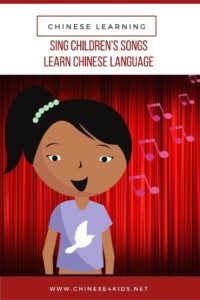
You Will Like This eBook:
You May Also Be Interested:
- Chinese4kids Membership – a portal for busy Chinese teachers and parents
- Chinese learning flashcards Hive – a flashcards library that with regular additions of new quality Chinese learning flashcards
- Chinese learning worksheets collection – Also a part of Chinese4kids membership, this collection is for teachers and parents who want to have access to engaging worksheets and activity sheets created for kids learning Mandarin Chinese as an additional language
- Speak Chinese with Kids Course
- Chinese Vocabulary Made Easy Course
Recent Posts
Join Our Membership
Enroll to A Course
Buy An eBOOK
Our Posts
